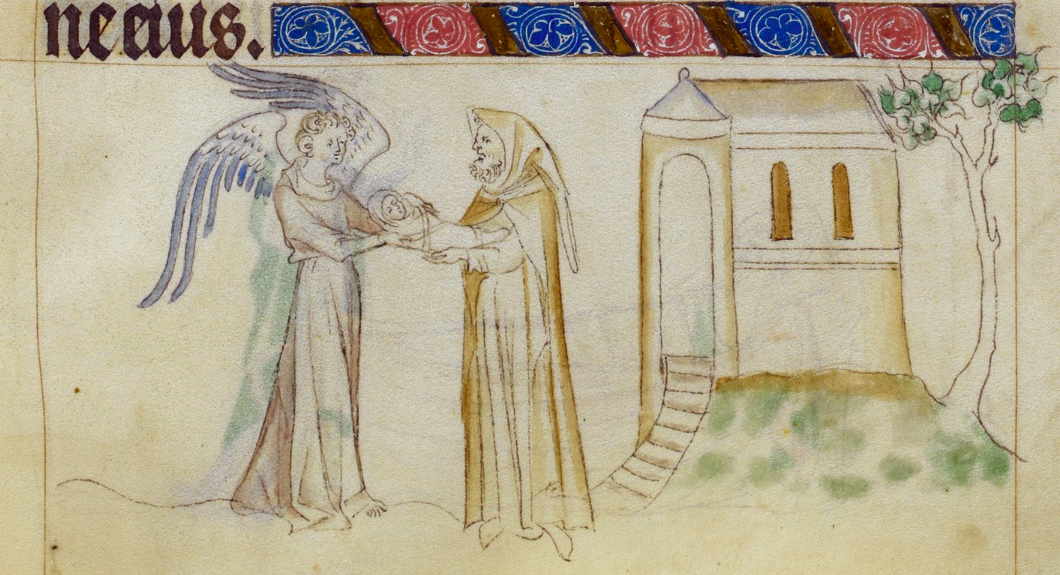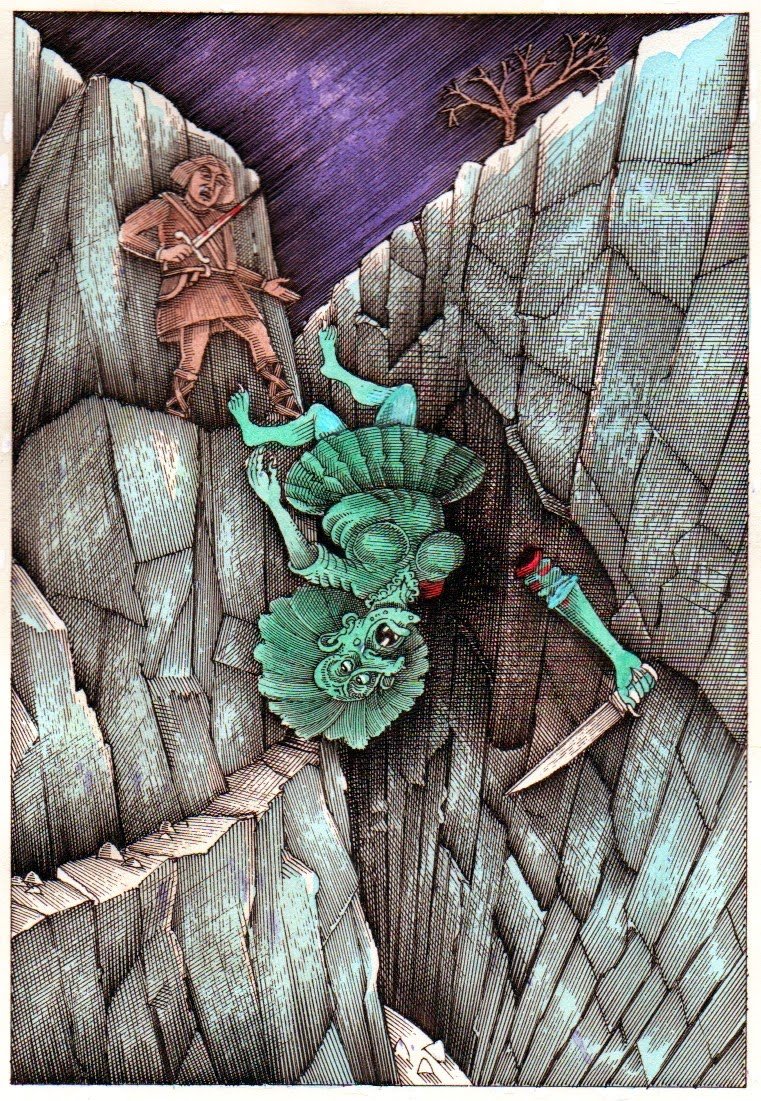Detail from Piri Ries’ 16th-century map of Cairo - (Wikimedia)
With all the medieval travel featured on the podcast—the trips across the Mediterranean, the Asian Steppe, and the Indian Ocean—of course we focus on the travellers themselves, the people actually making those trips, but whether they were merchants, envoys, or otherwise, they often left people behind, family that they were separated from for years at a time.
This episode is about those separations, the difficulties they caused, and what people did (or did not do) about them. We start with a letter from a merchant in Palermo, Sicily, move to one from an India trader in Aden, and finish with a pair of Rabbinic responses regarding a married couple in Egypt.
If you like what you hear and want to chip in to support the podcast, my Patreon is here.
3 Things:
Article by Heather Dalton on the travels of a cockatoo to 13th-century Sicily.
Blog post about the correspondence of a "happy family" in 2nd-century Egypt.
Sources:
Goitein, S.D. Letters of Medieval Jewish Traders. Princeton University Press, 1973.
Hofmeester, Karin. “Jewish Ethics and Women’s Work in the Late Medieval and Early Modern Arab-Islamic World.” International Review of Social History 56 (2011): 141–64.
Melammed, Reneé Levine. “He Said, She Said: A Woman Teacher in Twelfth-Century Cairo.” AJS Review 22, no. 1 (1997): 19–35.










